| << Chapter < Page | Chapter >> Page > |
The farm has always been regarded as the country's pantry – also in South Africa. You already know that the San followed a nomadic lifestyle as hunters and gatherers. There are few things that “tell” us so much about the people in History, as the food that they ate.

a) The San
GROUP 1
Suppose you are part of a San hunting party hunting for food.
First see whether you are able to copy these shadow figures.
(Difficult, isn't it?)
Can you signal a message to your friends without talking? (Why may you not talk while you are hunting?)
Draw a cartoon to show how you hunt animals and prepare
the meat for eating afterwards. Good luck with the hunt!
GROUP 2
Your mother has gathered veld food and your father has come home with meat from the hunt! Compile a menu for your family for the next day.
Remember that you are living in the Stone Age.
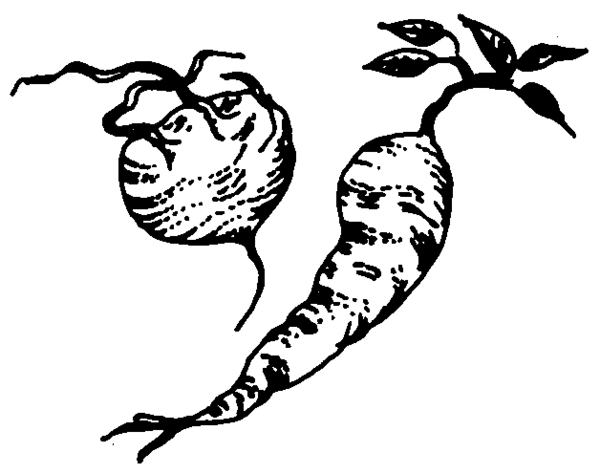
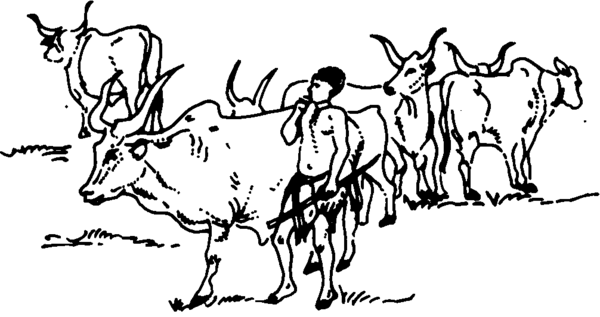
b) The Khoina
The Khoina had already begun to keep cattle by the time the first black people arrived in the South African region. They had also started trading with other groups. Cattle were kept as a means of trade rather than for their meat. The Khoina also ate plant foods and game to survive.
Why did they prefer to keep their cattle rather than eat them?
What similarity can you identify when you compare the way in which the Khoina used to curdle milk with how we make yoghurt?

c) The black farmers
Some black farmers were already sowing and harvesting crops at Manzani, near Durban, during the Stone Age. By 100 A.D. they were planting crops and keeping cattle in the river valleys between the Drakensberg mountain range and the sea, as well as on the Highveld. Their farming activities determined their eating habits and what they used as food.

The Dutch who lived at the Cape under Van Riebeeck had to cultivate fresh products for the use of the crews of passing ships. They laid out gardens for growing vegetables, vines, wheat and citrus fruits where Cape Town is at present. They also ate peas, rock rabbits, hippopotami, baboons, rats and penguins!
Nine free burghers obtained farms for cultivating wheat and mealies along the valley of the Liesbeeck River in 1657, and later were also permitted to plant vines.
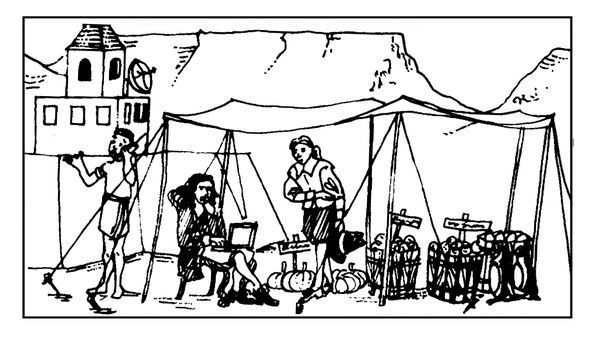
Is everything in the illustration represented correctly?
On the wheat farms they used ploughs with reinforced iron blades and harvested wheat by cutting it with scythes or sickles. Cattle were used to thresh the grain on the threshing floors to separate the kernels from the chaff.
On the wine farms, slaves helped to press the grapes by treading them barefoot in large wooden vats to extract the juice for making wine.
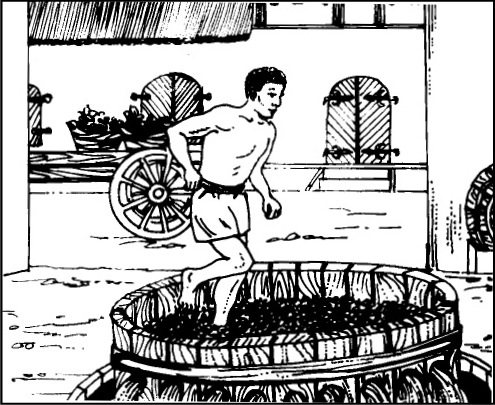
Wine farm
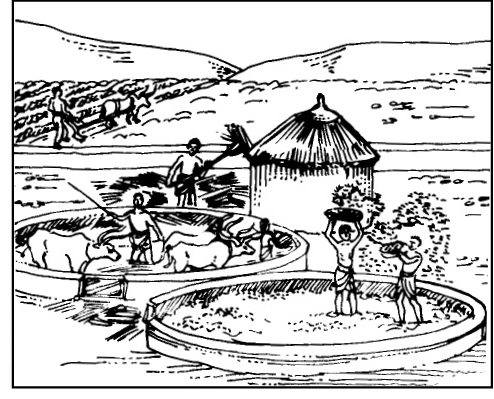
Wheat farm
b) Answer the following questions that refer to the sources that are provided:
What changed with the years and what remained the same? Give reasons for changes and for things remaining the same.

Notification Switch
Would you like to follow the 'Social sciences: history grade 5' conversation and receive update notifications?